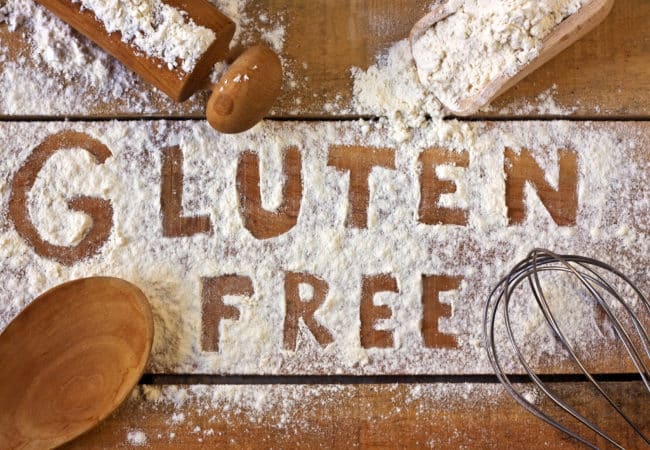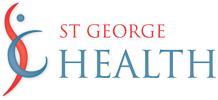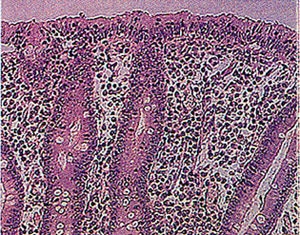Coeliac Disease; more than just a gluten free fad!

This week is Coeliac Awareness Week 13th-20th March 2017. Coeliac disease affects 1 in every 70 Australians, however 4 out of 5 people still remain undiagnosed. If you think you have it, continue to eat a gluten diet 6 weeks prior to testing (if you commence a gluten free diet prior the tests used to diagnose coeliac disease are unreliable, and can be falsely negative). Testing begins with a specific blood test and if returned positive a small bowel biopsy needs to be performed to confirmed.
So what is Coeliac Disease? It is where the immune system reacts abnormally to gluten, causing small bowel damage. The tiny, finger-like projections which line the bowel (villi) become inflamed and flattened. This is referred to as villous atrophy. Villous atrophy reduces the surface area of the bowel available for nutrient absorption, which can lead to various gastrointestinal and malabsorptive symptoms. Symptoms can also be caused by inflammation in other parts of the body.
Healthy Villi Damaged Villi
The severity of symptoms and side effects will vary from person to person, some may have severe symptoms while others may have little or no shown symptoms. It is common for people with minor symptoms to be misdiagnosed as another digestive disorder or food intolerance.
Symptoms can include but are not limited to:
- Abdominal pain
- Bloating
- Diarrhoea
- Constipation
- Nausea
- Vomiting
- Fatigue/weakness/lethargy
- Malnutrition
- Skin rashes
- Weight loss or gain
- Anaemia or other vitamin and mineral deficiencies .
The exact cause of this auto-immune disease remains unknown, though experts do believe it could be related to a variety of environmental and genetic factors in combination. Gluten, meaning ‘glue’ in Latin, is a protein composite found in grass like grains such as barley, wheat and rye. It provides elasticity to dough which helps bread to rise and remain chewy, as well as acting as a binding agent which holds flour products together. Gluten is most commonly found in products derived from grains such as bread, cereals, pasta, flour and biscuits, but is also present in a variety of other foods such as ready meals, sauces, soups and some processed meats.
As it stands there is no known cure for coeliac disease and treatment is a case of excluding any foods which contain gluten from your diet, indefinitely. Sufferers who continue to eat gluten once they have been diagnosed are at risk of causing damage to the lining of their intestines and may be increasing their risk of developing a variety of long-term complications such as liver disease, infertility, autoimmune disease, and osteoporosis. Start your gluten free diet immediately. Begin by purchasing products that are labelled ‘Gluten Free’, as well as foods that are naturally gluten free such as rice, potatoes, legumes, fruit, vegetables, nuts, seeds and meat. Make an appointment with your GP to test for any vitamin or mineral deficiencies and associated conditions. It is also important to arrange to see a nutritionist as they will help you to identify which foods are safe to eat and which foods are not, and will also provide you with helpful information about gluten free recipes, eating out, snacking, planning meals, and making packed lunches for children with coeliac disease. In the beginning the change in diet can be very overwhelming and quite confronting, it is a nutritionists job to help you make the transition as seamless and impacting as possible. They will also help correct any deficiencies such as iron, calcium, phosphate, vitamin D, zinc, vitamin B12, folate and magnesium.
So if you think that there is a possibility you might be suffering from it, now is the time you need to quickly act to get on top of it. If you have any questions or if you need help being pointed in the right direction, ring the clinic on 9553 9823 and we can help
Dinielle Farquharson: 9553 9823
Nutritional Medicine Practitioner
Make an appointment.
Use our convenient online booking or contact us direct.


